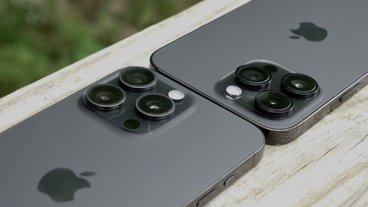Amazon's premium Fire Phone seeks to reverse Android's ratchet status
When Amazon launched its Kindle Fire in 2011, the mini tablet's most compelling feature was its discounted low price. With its latest Fire Phone introduction, Amazon has sought to "reverse the ratchet," attempting to distance itself from Android's cheap identity.
Amazon's Fire Phone launches with the same entry price as Apple's iPhone 5s and Samsung's Galaxy S5. Amazon capitalizes on the fact that the base model of its new phone has more storage, but it also lacks a variety of features found on other flagships, including the fingerprint login Apple introduced last fall and Samsung led the copying of this spring.
By launching its new phone at the same minimum price as Apple, Amazon was able to add a variety of premium features, including higher quality front and rear cameras (with Optical Image Stabilization on the back lens), a Snapdragon 800 Application Processor on par with Samsung's best (although not a modern 64-bit design with advanced graphics like the A7 inside iPhone 5s) and broad support for 4G LTE (although it only works on AT&T in the U.S.).
Fire designed to move
The Fire Phone also sports a series of auxiliary camera sensors designed to track user behaviors while allowing touch-free navigation. This "Dynamic Perspective" feature creates a motion-responsive user interface with more "tilt and swivel" than even iOS 7.
Just by itself, that new feature suggests that Amazon completely ignored all of the tech media's handwringing about "sick iPhone users" who complained they were left dizzy and nauseous by the slight parallax perspective effects exposed in iOS 7 (and then subsequently toned down and made optional by Apple).
While Amazon's new phone is clearly designed to look like an iPhone (right down to the same chamfered edges of 2012's iPhone 5), it does invoke the same sort of "See, Add-a-Little" innovation of Amazon's Redmond neighbor Microsoft. Rather than moving and then removing a "Start button" to turn the Mac into Windows 8, the Fire Phone removes the Home button to make "Fire OS" completely original from Apple's iOS.
All joking aside, Amazon does not appear to be slavishly copying Apple in the pure "crisis of design" model of Samsung. Instead, Amazon moving in an entirely different direction.
Rather than seeking to impress and please hardware buyers like Apple, Amazon has built another product designed to serve its own needs for moving goods. The biggest two features of Fire Phone are a Shazam-like service for comparison shopping (Firefly) and a customer service app (Mayday) designed to prevent returns.
Fire Phone UI is a mess
— Joshua Topolsky (@joshuatopolsky) June 18, 2014There are some cool things about the Fire Phone but HOLY LORD is the UI terrible pic.twitter.com/48nTJJoEBS
— David Pierce (@piercedavid) June 18, 2014Amazon uses Android without the Android Ideology
Amazon achieved this self-serving goal using Android code, but it throws away the rest of the Android manifesto conceived by Andy Rubin and bankrolled by the billions by Google.
In 2008, Google's Rubin launched Android to the hobbyist community backed by a revolutionary ideology suggesting that if we could all just get together and stop respecting intellectual property laws, we could collectively destroy the bourgeoisie class that's creating the evil top-down production of commercial music, movies and software which exploits the consumer classes by asking them to pay for popular culture created by private capital for (gasp!) profit.
According to Google's Android ideology, once intellectual property rights are dissolved and the means of production are collectively owned by a benevolent "Do No Evil" corporation, we'll be living in an Android communist paradise where every member of the proletariat can own a low priced smartphone subsidized by adware fed to us by Mother Google.
Android remained a hobbyist curiosity until the end of 2009, by which point Apple had trampled Nokia's Symbian, Microsoft's Windows Mobile and RIM's BlackBerry. With absolutely nothing viable left outside of the iPhone, mobile carriers began throwing their weight behind Android as their last option for keeping phones and mobile subscribers under their control.
Throughout 2010, Android rapidly began replacing all the other low end "smartphone" platforms, quickly convincing the world's tech media that it would just as quickly destroy Apple's iOS, thereby reestablishing the glorious technology monoculture they fondly remembered during the rule of Microsoft's Windows. But that never happened.
Apple's market share of all phones sold has only gone up since 2007, and Apple's iOS platform has only grown in importance and influence, particularly in education and the enterprise.
By 2011, it was already obvious to Amazon that joining Google's Android party was both necessary and potentially disastrous. Amazon needed a "ready to go" OS, but it didn't want to join the commodity pool of undifferentiated Android tablets that were all failing in the market. Amazon "forked" Android to appropriate the code required to deliver an iOS-like platform, but added its own proprietary layers to keep Kindle Fire both unique and exclusively tied to its own services rather than Google's.
In addition to code, Amazon also borrowed Google's focus on the low end, delivering its new tablet as a very low priced device serving as a loss leader that promised to make up for its unprofitability by stoking sales of apps, media and retail goods from Amazon's warehouses. Unfortunately for Amazon, that never happened either.
Despite dropping the "open sourcalism" of Android, Amazon's Android-using Kindle Fire still failed as a product. It had lots of company; not only did every other Android tablet also fail to make any money, but even all of the overtly commercial efforts to build low end tablets (including efforts by Palm, BlackBerry and Microsoft) have failed as well.
Given that Amazon's efforts to compete with Apple by offering a cheaper iPad alternative didn't work out— even after abandoning Google's hypocritical charade about hating patents and refusing to pay third party artists and engineers for their work— Amazon is now taking new aim at Apple with a phone that doesn't offer price-slashing discounts, and instead offers premium features, a tack that Amazon seemed to be migrating toward with the more upscale Kindle Fire HD.
Bezos plays Jobs without understanding the role
Amazon's chief executive Jeff Bezos has long styled himself as a Steve Jobs, perhaps more convincingly than other Android-employing CEOs. When Bezos unveiled the first Kindle back in 2007, it was pitched as the "iPod of books," an original new design driven by a e-ink technology that Amazon claimed to make it far superior to conventional LCD devices like smartphones.
However, while popular with number of Amazon customers, Kindle was no iPod; it never shipped in the tens of millions and didn't turn Amazon into a new powerhouse of profitability. Additionally, the touted superiority of e-ink didn't convince many customers. That forced Amazon to support its Kindle ebooks on iPhones, iPod touch and later iPad via an app, and it later backtracked to add Kindle Fire as its own LCD ebook reader.
Jobs and his Apple engineers were certainly aware of e-ink, too, but had the luxury of saying "no" to the technology, thanks to already having the iPod of music. The same year Amazon released its e-ink Kindle, Apple's Jobs backed a new technology that was clearly far superior to the status quo in smartphones: capacitative multitouch.
Apple's iPhone and iPod touch became the "iPod of books" far better than the Kindle, necessitating Amazon retaliation played though U.S. Federal courts by a judge outraged that Apple was pushing to sell ebooks at a commercially profitable rate that challenged Amazon's ability to dump ebooks on the market at below wholesale rates just to support its paper book monopoly power.
Since the e-ink dried, Amazon's Bezos has worked to identify new Jobs-like advances his company could exploit to differentiate its products. That's a difficult proposition, given that Amazon is now competing against what is the world's most operationally sophisticated tech company to ever exist. Apple's ability to identify original new technologies and turn them into products that outsell the global collective of Android flagships has grown legendary, from Siri to Touch ID.
However, there's more differentiating Amazon from Apple than just Apple's keener sense of what customers want. Everything Apple does is built around the idea of solving customer's problems. Every Jobs keynote, and every Apple Event since Jobs' passing, has focused on the end user problems Apple has identified and sought to address.
Touch ID, for example, wasn't just a gimmick bit of hardware slapped on the iPhone 5s. It was a solution to a security issue that many customers didn't even realize existed, let alone understanding how it could be solved. Yet after Touch ID was released, Apple could show with solid statistics that the number of customers using a security passcode jumped from less than half to most of the iPhone 5s population.
Additionally, authorities have seen a remarkable, immediate drop in crime related to iPhone thefts due to Activation Lock security, which requires a passcode to work. Apple's Touch ID and Activation Lock worked in tandem to solve problems most users didn't even conceive to be related.
Contrast Amazon's Kindle Fire phone: there's nothing on this device that really addresses customer needs. It's built to address Amazon's needs. It tracks what users might want to buy, tracks users' behavior and preferences in order to drive offers and ads, and it seeks to drive app and media sales through Amazon's store. Unlike most Android-using products, it doesn't even give users a big price discount to entice them into openly sharing all their private details and behaviors with marketers.
Despite all the relatively higher-end components and the extra attention to detail that Amazon's product engineers put into the Fire Phone's design, it doesn't strive to serve the needs of consumers and solve their outstanding problems. It purely seeks to drive ads and sales the same way Google's "pure Android" does.
Reader: "This is not a premium spec product. It does not deserve a premium spec price." http://t.co/Vg6bKWkwQk #FirePhone
— Ars Technica (@arstechnica) June 22, 2014While Amazon seeks to stand out from the masses of cheap devices making use of Android— and hopes to demand an iPhone-like price for its higher end product— the problem is that it is not solving real problems for buyers, unless Amazon imagines that the only problems its potential customers face is that they're not buying enough stuff from Amazon.
If Bezos keeps copying the style of Apple without delivering the substance, the next product Amazon's investors might demand is Fire Bezos.
 Daniel Eran Dilger
Daniel Eran Dilger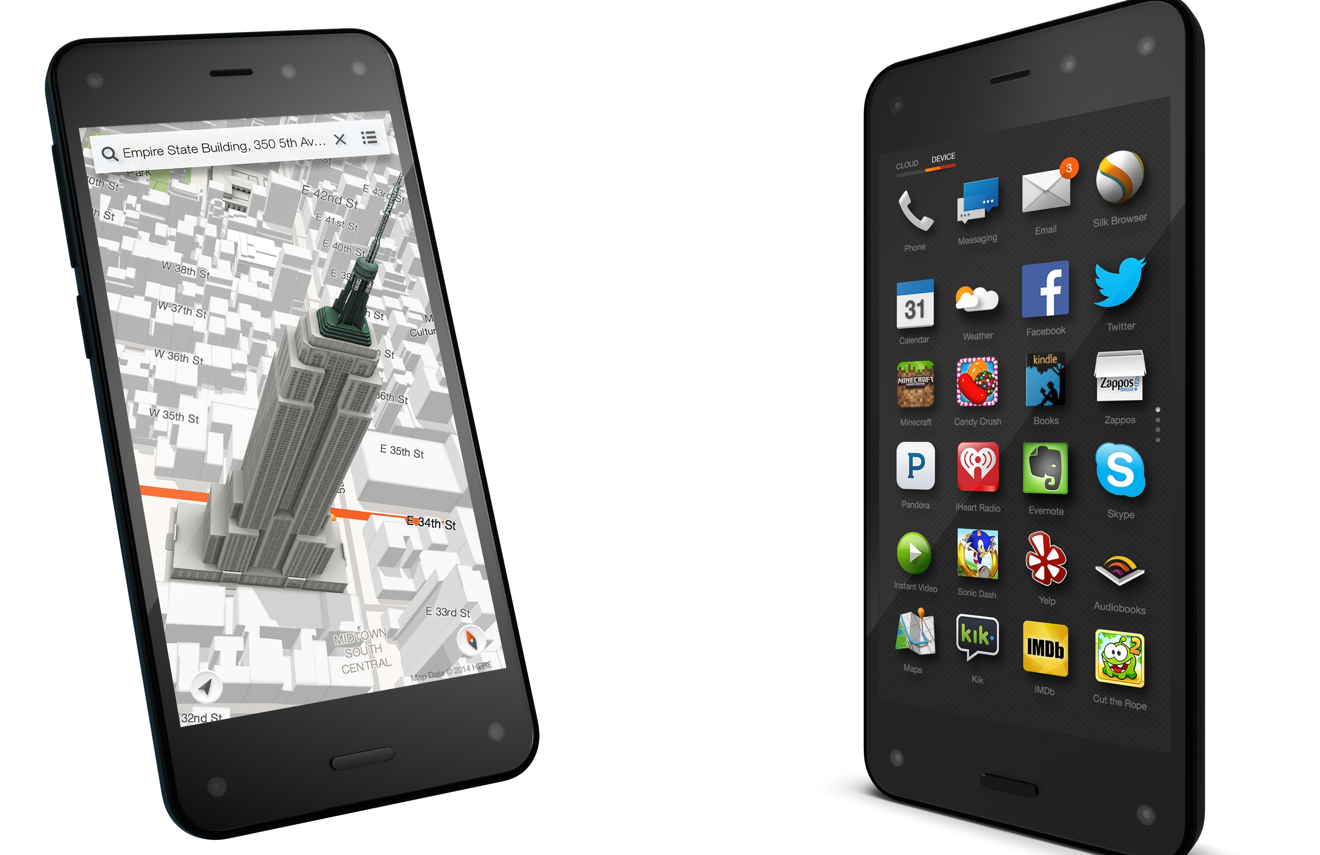
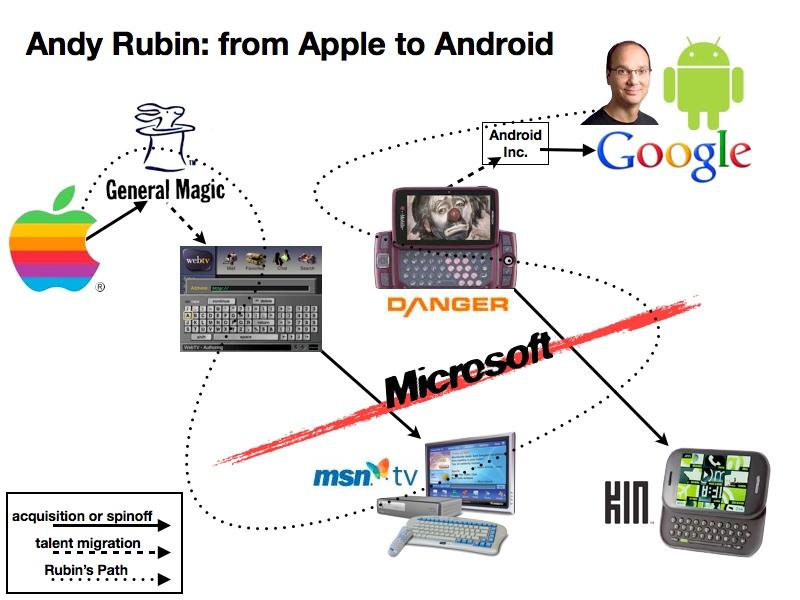

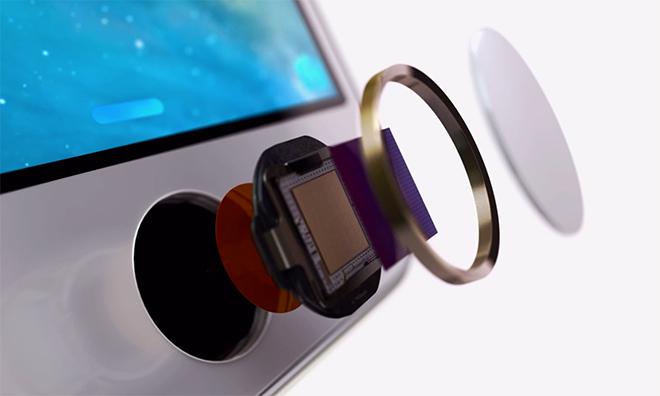


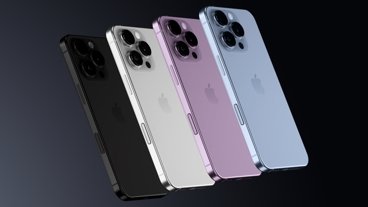
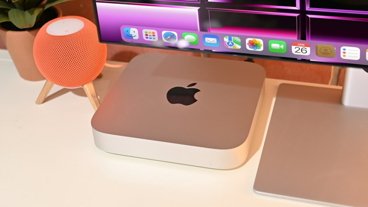






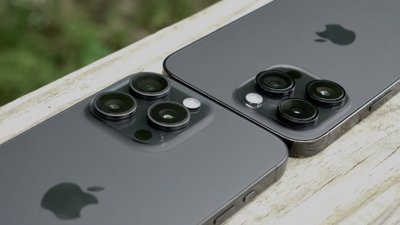
 Mike Wuerthele
Mike Wuerthele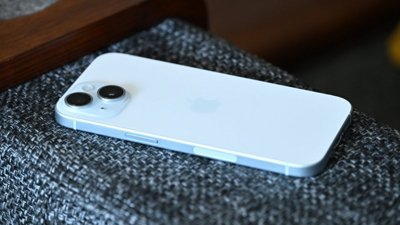
 William Gallagher
William Gallagher

 Andrew Orr
Andrew Orr

 Marko Zivkovic
Marko Zivkovic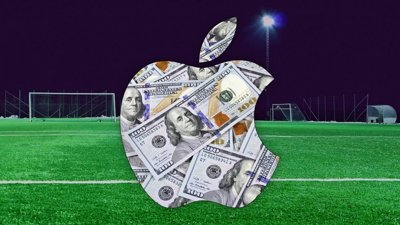
 Malcolm Owen
Malcolm Owen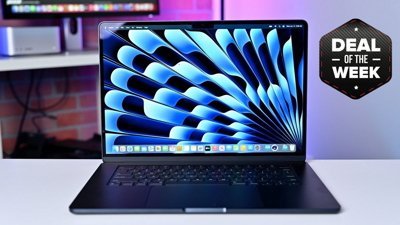
 Christine McKee
Christine McKee